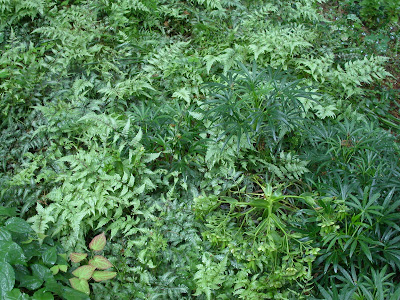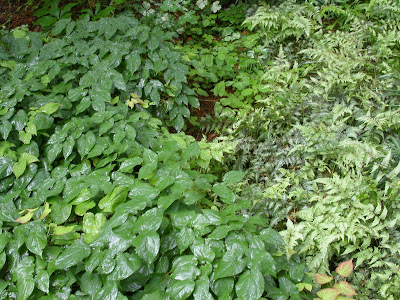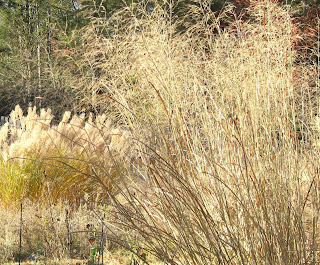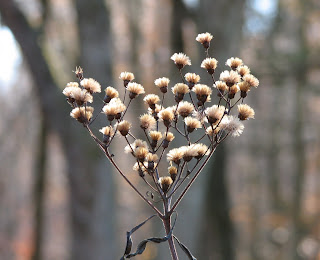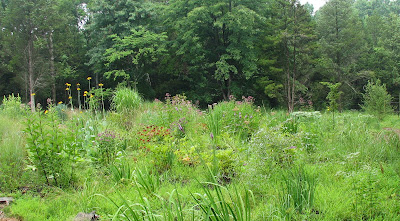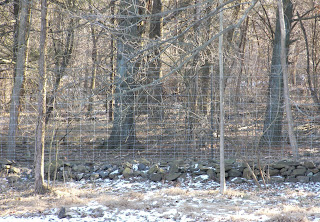Douglas Tallamy's book Bringing Nature Home (see previous post) lists native plants of the Mid-Atlantic region with desirable wildlife value and desirable landscaping attributes. Since I do mix in exotics, I decided to see how many plants on Tallamy's list are in or surrounding my garden. Here's the list:
Shade and Specimen Trees
Acer rubrum
Betula nigra
Carya glabra
Platanus occidentalis
Shrubs and Understory Trees
Cephalanthus occidentalis
Chionanthus virginicus
Clethra alnifolia
Cornus alternifolia
Cornus florida
Ilex glabra
Ilex opaca
Ilex verticillata
Itea virginica
Lindera benzoin
Magnolia virginiana
Rhodendron atlanticum
Rhodendron viscosum
Rhus typhina
Sassafras albidum
Vaccinium corymbosum
Virburnum dentatum
Viburnum nudum
Viburnum prunifolium
Conifers
Juniperus virginiana
Pinus strobus
Tsuga canadensis
Vines
Parthenocissus quinquefolia
Streamside Plants
Acer rubrum
Betula nigra
Cephalanthus occidentalis
Clethra alnifolia
Magnolia virginiana
Platanus occidentalis
Rhodendron viscosum
Ground Covers
Carex plataginea
Podophyllum peltatum
Herbaceous Perennials, Dry Sites
Aquilegia canadensis
Arisaema triphyllum
Aster divaricatus
Aster laterifolius
Aster novae-angliae
Baptisia australis
Cardamine concatenata
Cimicifuga racemosa
Eupatorium perfoliatum
Geranium maculatum
Pycnanthemum muticum
Sisyrinchium angustifolium
Solidago canadensis
Veronicastrum virginicum
Herbaceous Perennials, Moist Sites
Asclepias incarnata
Aster puniceus
Chelone glabra
Eupatorium coelestinum
Eupatorium fistulosum
Eupatorium rugosum
Filipendula rubra
Hibiscus moscheutos
Iris versicolor
Lobelia cardinalis
Lobelia siphilitica
Lysimachia ciliata
Mimulus ringens
Monarda didyma
Penstemon digitalis
Polygonatum commutatum
Rudbeckia laciniata
Verbena hastata
Vernonia noveboracensis
Grasses, Sedges and Rushes
Carex vulpinoidea
Chasmanthium latifolium
Elymus hystrix
Juncus effusus
Panicum virgatum
Sorghastrum nutans
Ferns
Onoclea sensibilis
Osmunda cinnamomea
Osmunda regalis
Polystichum acrostichoides
Some of these are cultivars, not local species. I also have a number of other plants I believe are native, but they are not on Tallamy's list. Some, I know, are native to this continent, but possibly not to the Mid-Atlantic area. This brings up the much more complex subject of regional differences, and of local provenance vs. "native" in a very general sense. A subject for another day.
The Self-heal (Prunella vulgaris) in the photo above, for example. Is it a native in this area, a native of another region, or an alien that's been here so long we think of it as native? I have to admit I don't know.

